
The Enigmatic Chocolate Hills of Bohol
Discover the mesmerizing Chocolate Hills in Bohol, Philippines - a natural wonder of over 1,200 cone-shaped hills that turn chocolate brown in the dry season.
Nestled in the heart of Bohol in the Philippines, the Chocolate Hills are a natural wonder that leaves visitors in awe. These geological formations consist of over 1,200 perfectly cone-shaped hills that change color with the season. During the dry season, the grass covering the hills turns brown, giving them a chocolate-like appearance, hence the name. The Chocolate Hills offer not just a visual treat but also a journey into the rich history and culture of Bohol. According to local legend, the hills are the tears of a giant who cried for his lost love. Whether you believe the folklore or the scientific explanations, one thing is certain: the Chocolate Hills are a must-see for any nature enthusiast. Visitors can enjoy panoramic views from the Chocolate Hills Complex or climb to the top of the observation deck for a breathtaking 360-degree view. The area is also perfect for outdoor activities such as hiking, ATV rides, and even zip-lining. With its unique landscape and myriad of activities, the Chocolate Hills are an unforgettable experience for any traveler.
Local tips in Chocolate Hills
- Visit during the dry season (November to May) to see the hills turn chocolate brown.
- Wear comfortable shoes if you plan to hike or climb the observation deck.
- Bring a camera or binoculars for stunning panoramic views.
- Consider renting an ATV for an adventurous ride through the hills.
- Try to visit early in the morning or late afternoon to avoid the crowds and heat.
The Enigmatic Chocolate Hills of Bohol
Nestled in the heart of Bohol in the Philippines, the Chocolate Hills are a natural wonder that leaves visitors in awe. These geological formations consist of over 1,200 perfectly cone-shaped hills that change color with the season. During the dry season, the grass covering the hills turns brown, giving them a chocolate-like appearance, hence the name. The Chocolate Hills offer not just a visual treat but also a journey into the rich history and culture of Bohol. According to local legend, the hills are the tears of a giant who cried for his lost love. Whether you believe the folklore or the scientific explanations, one thing is certain: the Chocolate Hills are a must-see for any nature enthusiast. Visitors can enjoy panoramic views from the Chocolate Hills Complex or climb to the top of the observation deck for a breathtaking 360-degree view. The area is also perfect for outdoor activities such as hiking, ATV rides, and even zip-lining. With its unique landscape and myriad of activities, the Chocolate Hills are an unforgettable experience for any traveler.
When is the best time to go to Chocolate Hills?
Iconic landmarks you can’t miss
Chocolate Hills Natural Monument
Explore the breathtaking Chocolate Hills Natural Monument in Bohol, Philippines, a UNESCO World Heritage site with stunning landscapes and rich geological significance.
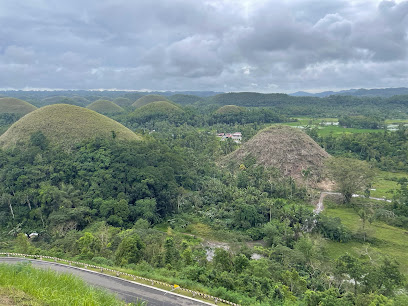
Chocolate Hills View Point
Experience the stunning panoramic views of the iconic Chocolate Hills at the Chocolate Hills View Point in Bohol, Philippines.
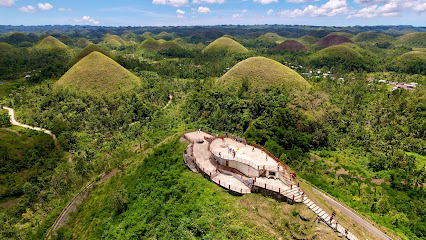
Chocolate Hills Viewing Deck
Discover the stunning landscapes of the Chocolate Hills at the Viewing Deck, an unforgettable experience in Bohol, Philippines.
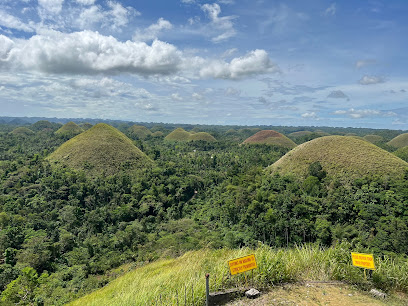
Chocolate Hills Monument Park
Explore the breathtaking Chocolate Hills Monument Park in Bohol, a unique natural wonder offering stunning views and hiking adventures.

Unmissable attractions to see
Chocolate Hills Complex
Explore the breathtaking Chocolate Hills Complex in Bohol, a stunning natural wonder with unique geological formations and rich cultural significance.

Sikatuna Mirror of The World
Experience the natural beauty and cultural richness of Sikatuna Mirror of The World, a breathtaking park in Bohol, Philippines.
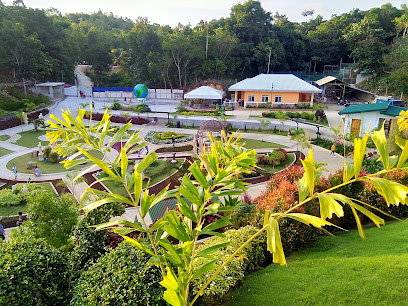
Chocolate Hills View Point
Experience the breathtaking views of the Chocolate Hills in Bohol, an iconic natural wonder that captures the heart of every traveler.
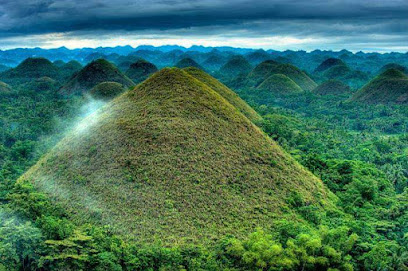
ShipHaus
Explore ShipHaus in Batuan, a whimsical tourist attraction blending creativity and nature for an unforgettable experience in Bohol.
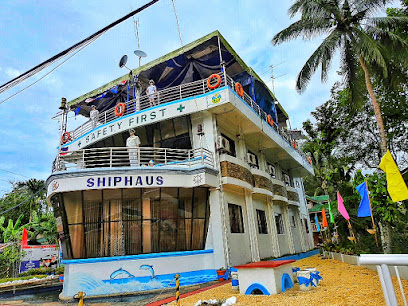
Chocolate Hills Adventure Park
Experience the thrill of adventure and the beauty of nature at Bohol's Chocolate Hills Adventure Park, a perfect getaway for thrill-seekers and nature lovers alike.
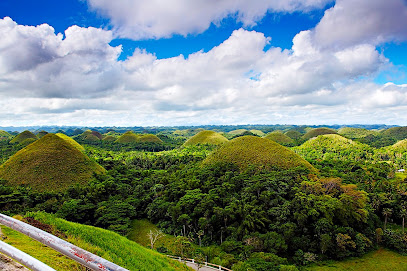
Kawasan Falls
Experience the stunning beauty of Kawasan Falls, a breathtaking escape in Bohol, Philippines, known for its turquoise waters and serene jungle surroundings.
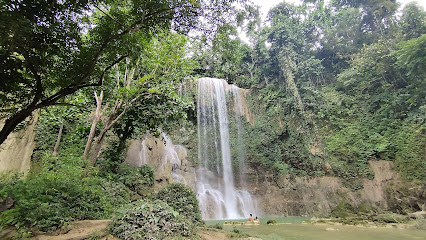
Sagbayan Peak
Discover the breathtaking views and serene beauty of Sagbayan Peak, a top tourist attraction nestled in the heart of Bohol, Philippines.
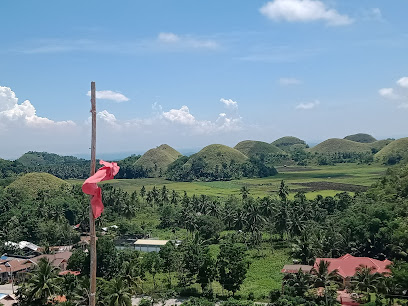
Kangcaramel Cave
Explore the captivating Kangcaramel Cave in Bohol, where nature's brilliance unfolds through stunning stalagmites and stalactites in a breathtaking underground adventure.
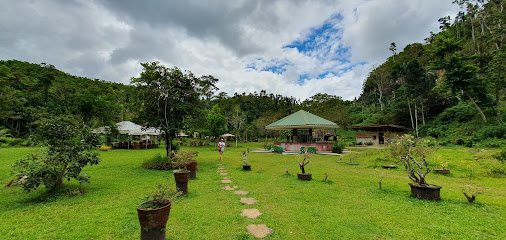
Camugao Falls
Explore the stunning Camugao Falls in San Isidro, Bohol - a serene hideaway amidst lush landscapes and cascading waters, perfect for relaxation and adventure.
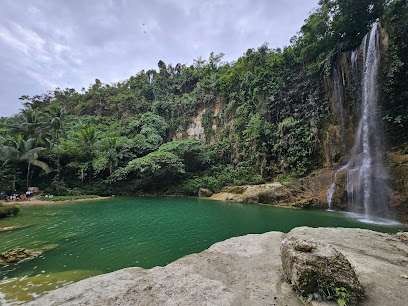
Zoocolate Thrills Theme Park
Experience the thrill of rides and the charm of wildlife at Zoocolate Thrills Theme Park in the heart of Bohol, Philippines.
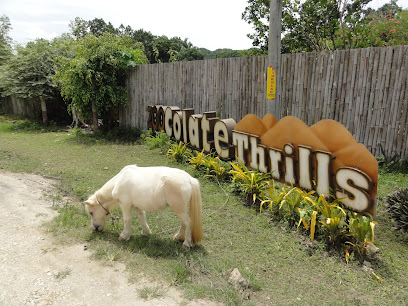
Malinao Dam
Experience the tranquility of Malinao Dam in Bohol, a stunning tourist attraction perfect for nature lovers and adventure seekers alike.
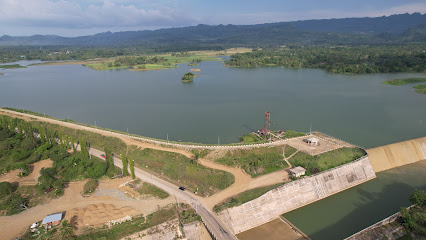
Himontagon Hills
Experience the serene beauty of Himontagon Hills, a breathtaking tourist attraction in Bohol perfect for unforgettable sunrises and sunsets.
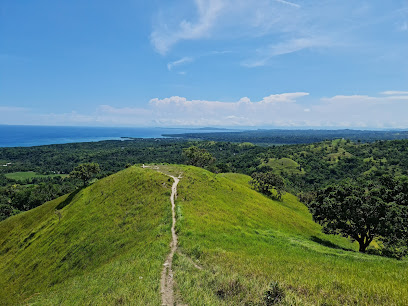
Chocolate Hills Viewing Deck
Discover the stunning Chocolate Hills Viewing Deck in Bohol, a natural wonder featuring over 1,200 unique hills that transform with the seasons.
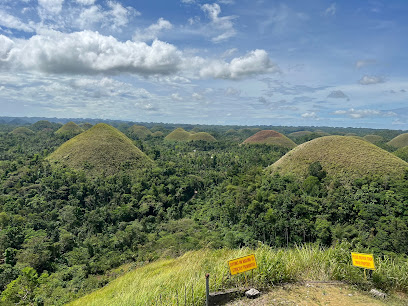
Sikatuna’s Mirror of the World and Botanical Garden
Experience the beauty of nature and art at Sikatuna’s Mirror of the World and Botanical Garden in Bohol, a perfect getaway for culture and nature lovers.
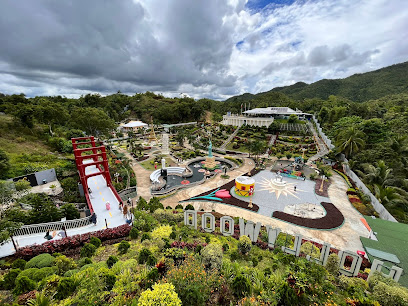
The Captain’s Peak Garden & Resort
Experience the tranquil beauty of The Captain’s Peak Garden & Resort, a perfect blend of nature, relaxation, and adventure in Bohol, Philippines.
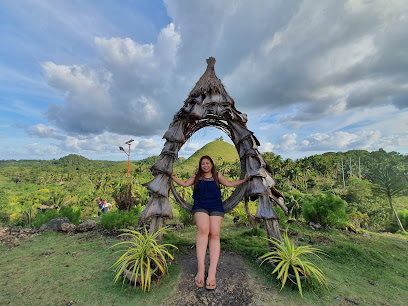
Essential places to dine
Turk'z Restaurant
Discover family-friendly dining at Turk'z Restaurant in Batuan, Bohol – where delicious pizzas meet a warm atmosphere for all ages.
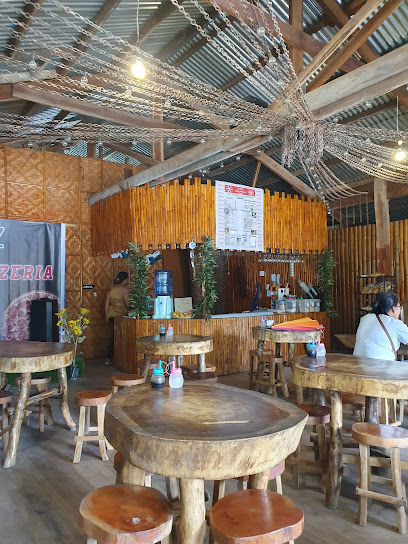
Bukid Foodie - House of Shawarma
Discover authentic Middle Eastern flavors at Bukid Foodie - House of Shawarma, your family-friendly dining destination in Bohol.
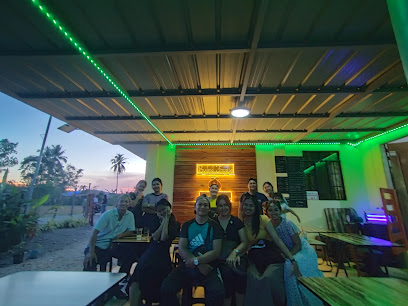
Mamie Letty Grill & Resto Bar
Discover authentic Filipino flavors at Mamie Letty Grill & Resto Bar in Bohol – where every meal is a celebration of local cuisine.
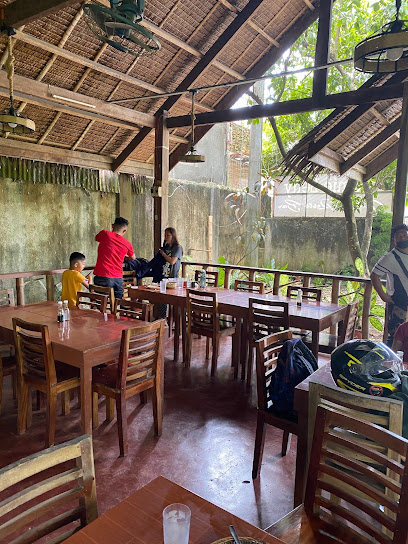
Basak Bistro Batuan
Experience family-friendly dining at Basak Bistro Batuan, where delicious pizzas and warm hospitality create unforgettable moments in Bohol.
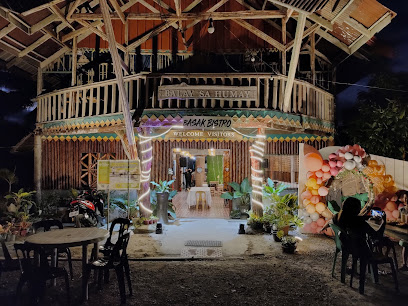
2Mama’s Grill & Restaurant
Experience authentic Filipino cuisine with generous servings at 2Mama's Grill & Restaurant in Bohol - where flavors meet hospitality.
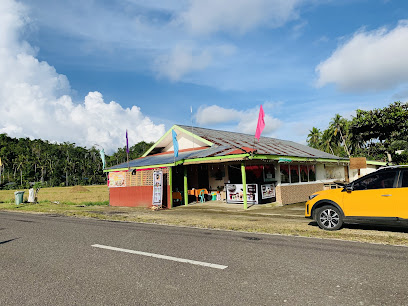
Anton’s Restaurant(Native Fried Chicken)
Experience authentic Filipino cuisine at Anton's Restaurant in Carmen, Bohol - home of the famous Native Fried Chicken and warm hospitality.
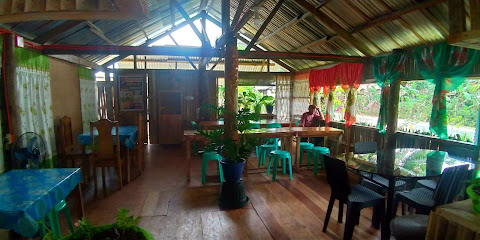
Iya Tinay's Kitchenette
Experience the heart of Filipino cuisine at Iya Tinay's Kitchenette in Carmen, Bohol - where tradition meets flavor.
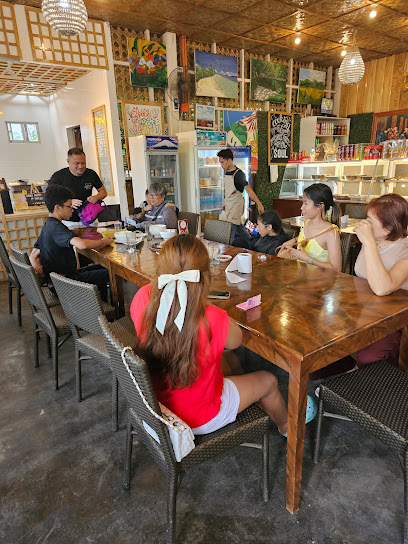
HAPI - TA - NAN sa Kan-anan ni BESTRE
Experience authentic Filipino cuisine at HAPI - TA - NAN sa Kan-anan ni BESTRE in beautiful Bohol.
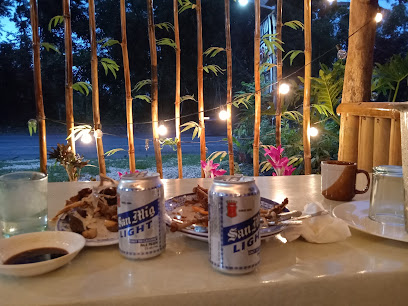
Estrella Villa
Discover authentic Filipino cuisine at Estrella Villa in Batuan, Bohol – where every meal tells a story.
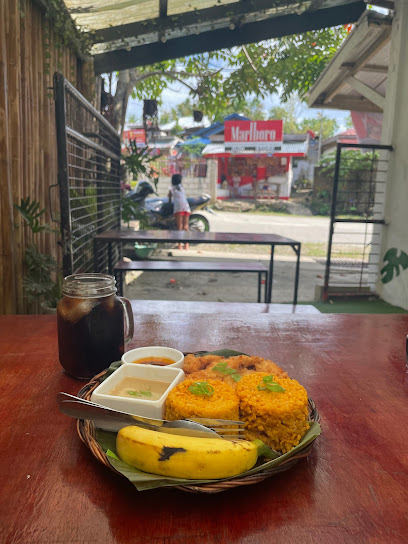
Bilar Hill Park & Restaurant
Experience breathtaking views and delightful local cuisine at Bilar Hill Park & Restaurant in beautiful Bohol.
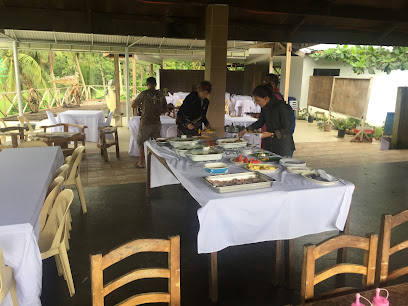
DejaBrew Multi Cuisine Cafe
Experience the best of American and Arab cuisines at DejaBrew Multi Cuisine Cafe in Tagbilaran – where flavor meets family-friendly fun.
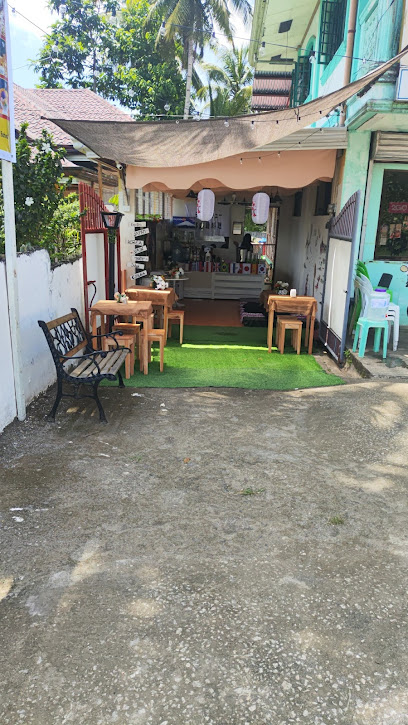
La Ne Resto
Experience authentic Filipino cuisine at La Ne Resto in Carmen, Bohol – where flavor meets hospitality.
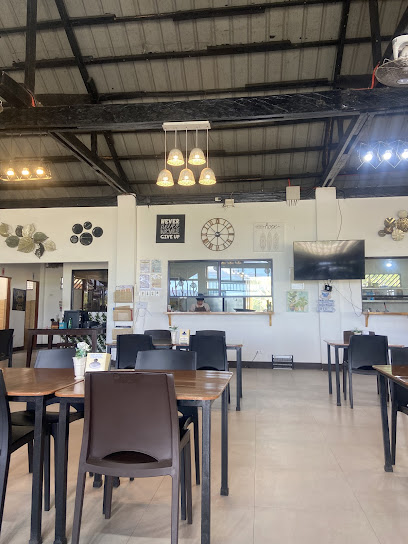
Carmen bohol
Explore the culinary treasures of Carmen Bohol amidst stunning landscapes and warm hospitality.
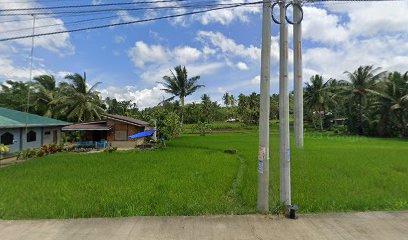
Lucelyn atop
Discover family-friendly dining at Lucelyn Atop in Carmen, Bohol – where delicious local flavors meet stunning views.
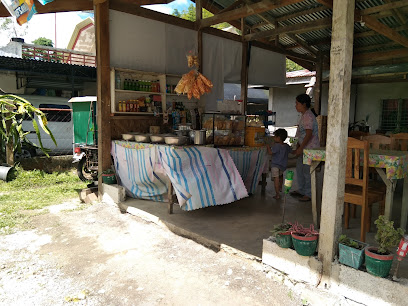
Cusina de Lila
Experience authentic Filipino cuisine in a cozy setting at Cusina de Lila, where local flavors come alive.
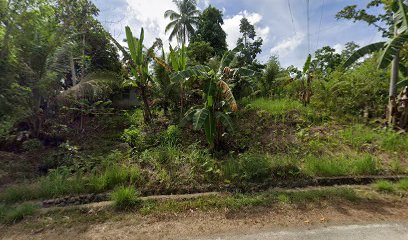
Markets, malls and hidden boutiques
Bohol Delicacies and Sovenier Shop
Explore the flavors and crafts of Bohol at the Delicacies and Souvenir Shop, where local culture comes alive through unique treats and gifts.
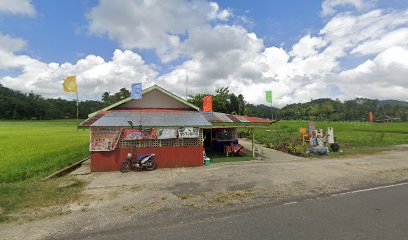
7'S SHOPPING CENTER
Experience the essence of Bohol at 7'S Shopping Center - a vibrant shopping mall offering unique local finds and delectable dining options.
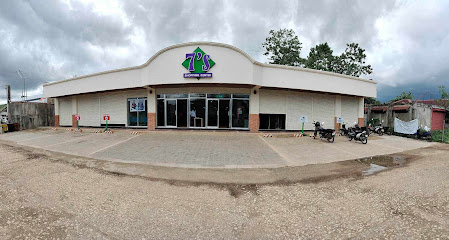
Island Souvenir Shop
Explore the Island Souvenir Shop in Bohol for unique handicrafts, local treasures, and a taste of the island's vibrant culture.
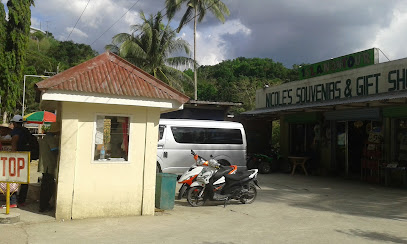
SANCIJA Flower Shop Carmen Branch
Explore the exquisite floral artistry at SANCIJA Flower Shop in Carmen, Bohol - a must-visit destination for flower lovers and gift seekers.

C.buaya store
Explore the unique offerings of C.buaya Store in Carmen, Bohol, where local craftsmanship meets delightful home goods in a charming setting.
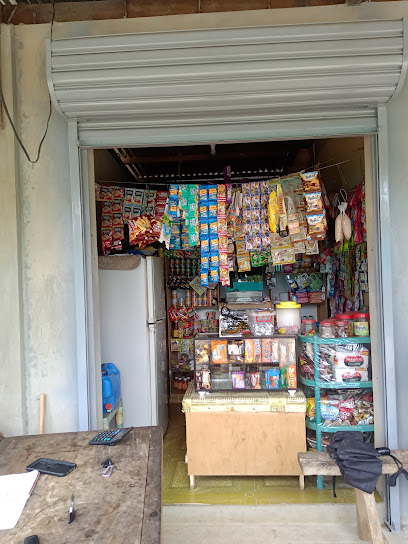
Islands Souvenirs
Explore Islands Souvenirs in Bohol for unique clothing and handcrafted treasures that embody the spirit of the Philippines.
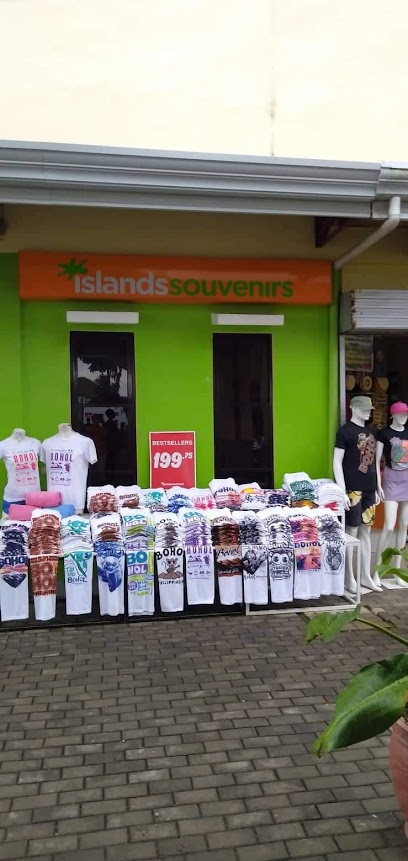
Jojan's Botique
Explore the essence of Bohol at Jojan's Boutique – a treasure trove of unique, handcrafted goods that embody local artistry and culture.
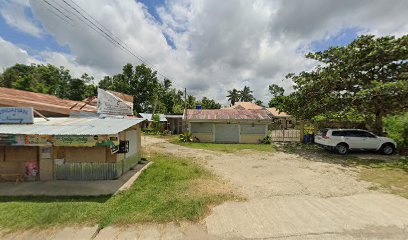
Jhonalyn's Fashion Boutique
Experience the charm of local fashion at Jhonalyn's Fashion Boutique in Bohol, where style meets cultural elegance.

CMARFE Delicacy and Souvenir Shop
Discover the heart of Bohol at CMARFE Delicacy and Souvenir Shop, where local flavors and unique souvenirs await every traveler.

Che Party Needs Shop
Discover Che Party Needs Shop in Carmen, Bohol, your ultimate destination for all party supplies and festive essentials.

MR TEE STORE
Explore MR TEE STORE in Balilihan, Bohol for unique clothing and souvenirs that capture the essence of local culture and style.
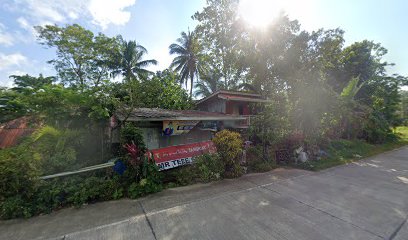
PRETTY STUFF CONSUMER GOODS TRADING
Explore the vibrant culture of Bohol through unique bags at Pretty Stuff Consumer Goods Trading, your destination for stylish and artisanal accessories.
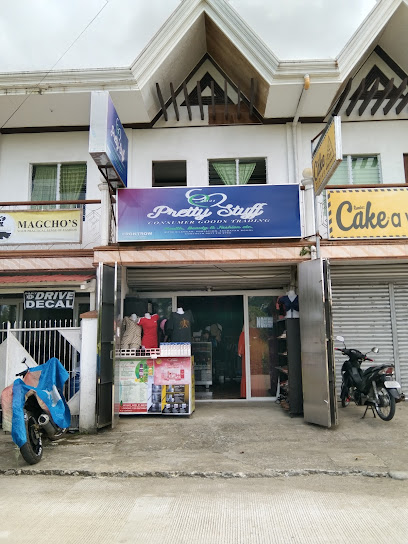
Erenia Buñao Sari-sari Store
Discover the essence of local culture at Erenia Buñao Sari-sari Store in Carmen, Bohol, offering home goods and traditional Filipino products.

Virgie Store
Discover the authentic taste of Bohol at Virgie Store, a local grocery store in Bilar offering fresh produce and traditional Filipino snacks.
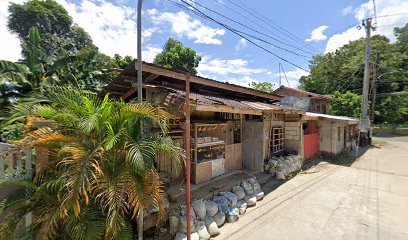
Van-Jes Store
Explore the vibrant Van-Jes Store in Anda, Bohol, where local flavors meet convenience for every traveler.
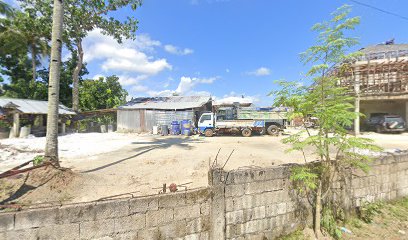
Essential bars & hidden hideouts
Cóclea Lounge Bar
Experience the vibrant nightlife at Cóclea Lounge Bar in Tagbilaran City, where delightful cocktails and friendly vibes await you.
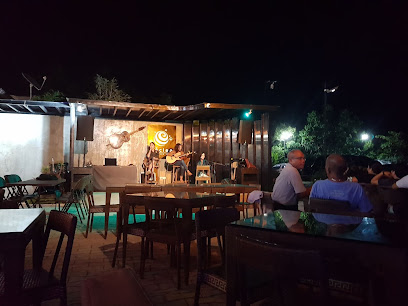
Spindrift Restobar Lite Port
Discover the lively ambiance of Spindrift Restobar in Tagbilaran City, where great food and refreshing drinks come together for an unforgettable night out.
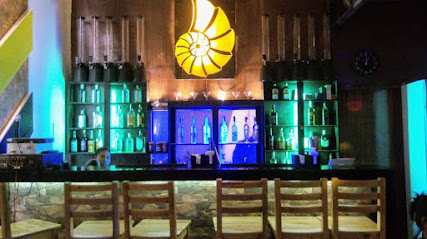
Mamie Letty Grill & Resto Bar
Savor the authentic tastes of Bohol with a diverse menu at Mamie Letty Grill & Resto Bar, where local flavors meet warm hospitality.
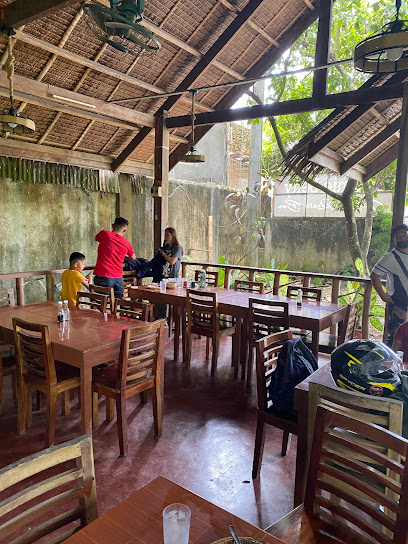
Gaudencio's Grill and Mini Bar
Experience the vibrant flavors of Bohol at Gaudencio's Grill and Mini Bar, where delicious grilled dishes meet live music in a charming setting.
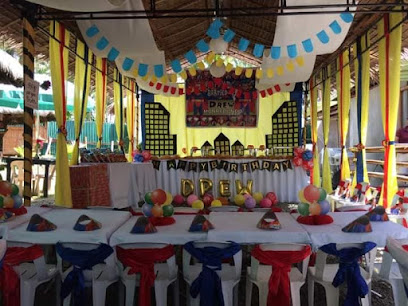
TAMBAI Snack & Restobar
Experience the vibrant flavors and joyful atmosphere at TAMBAI Snack & Restobar in Bohol, where local cuisine meets unforgettable karaoke fun.
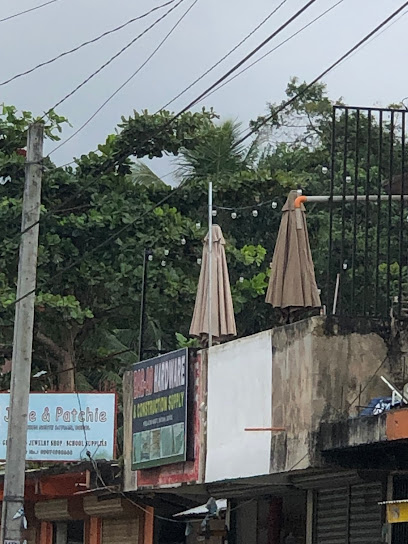
tres maldetas u-og, inabanga
Experience the lively atmosphere and diverse beer selection at Tres Maldetas Beer Garden in Inabanga, Bohol.
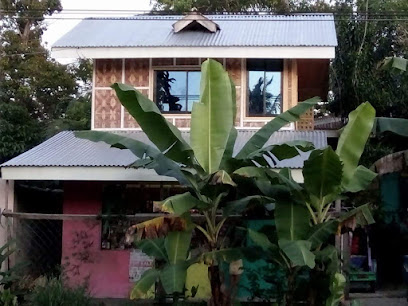
Lola BB's Bbq House
Experience authentic Filipino barbecue at Lola BB's Bbq House in Carmen, Bohol, where flavors meet tradition in a warm and inviting atmosphere.
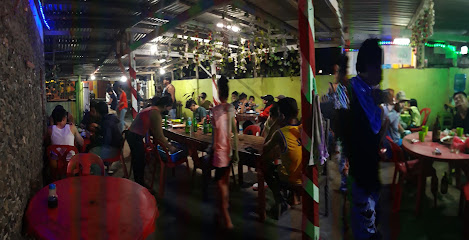
Jeffrey's Bar + Grill
Discover the vibrant flavors and lively atmosphere of Jeffrey's Bar + Grill in Carmen, Bohol, where every meal is a celebration.

OEA
Experience the vibrant nightlife at OEA in Loboc, Bohol, where local culture meets refreshing drinks in a charming atmosphere.
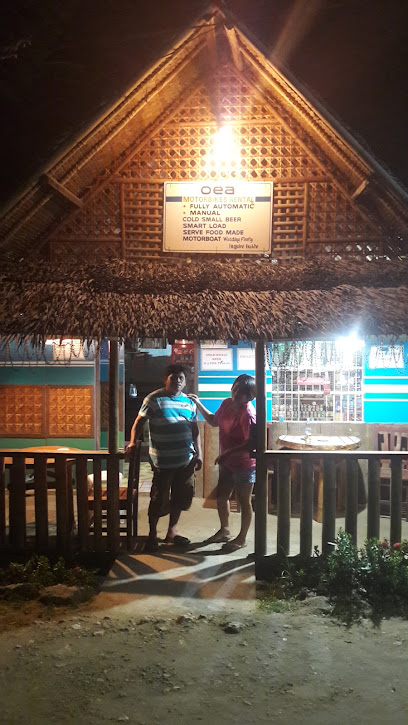
Cinco
Experience the vibrant nightlife at Cinco, a lively bar in Loboc, Bohol, where great drinks and local culture come together.
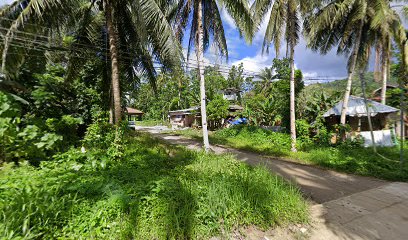
CAFÉ ILAWD & RESTOBAR
Discover the flavors of Bohol at Café Ilawad & Restobar, where local cuisine meets breathtaking views in a cozy atmosphere.
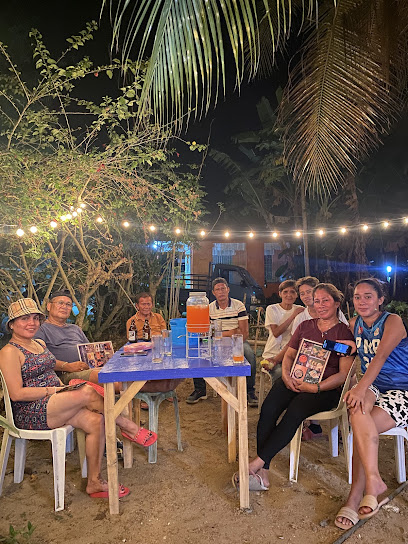
Son Jose Drink Station
Discover the charming Son Jose Drink Station in Sagbayan, Bohol – your go-to bar for refreshing drinks and a cozy atmosphere.
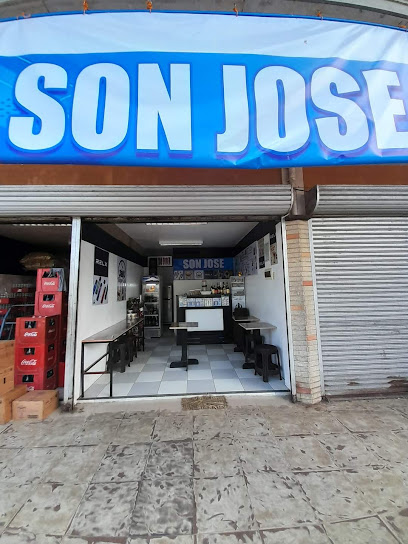
Jelllibes Beer Garden
Experience the beauty of Bohol at Jelllibes Beer Garden, where refreshing drinks meet local flavors in a serene setting.
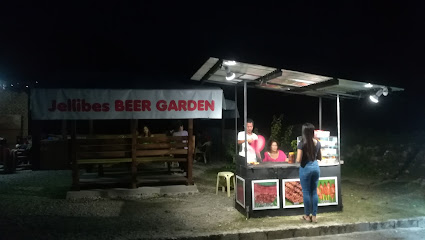
ZENN food+bar
Discover culinary bliss at ZENN food+bar in Bohol, where local flavors meet modern dining in a vibrant atmosphere.
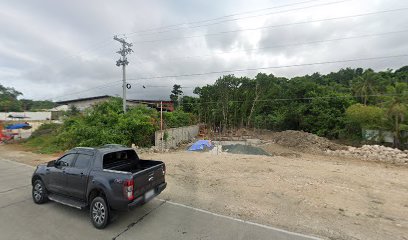
One shot restobar
Experience the vibrant nightlife of Bohol at One Shot Restobar, where delicious drinks and friendly vibes come together in Tubigon.
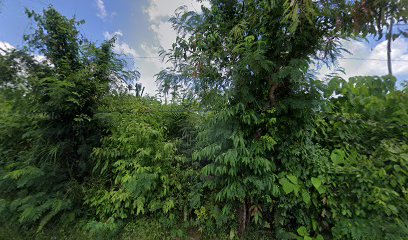
Local Phrases about Chocolate Hills
-
- HelloKumusta
[koo-moo-stah] - GoodbyePaalam
[pah-ah-lahm] - YesOo
[oh-oh] - NoHindi
[hin-dee] - Please/You're welcomePaki
[pah-kee] - Thank youSalamat
[sah-lah-maht] - Excuse me/SorryPaumanhin
[pah-oo-mahn-heen] - How are you?Kumusta ka?
[koo-moo-stah kah?] - Fine. And you?Mabuti. Ikaw?
[mah-boo-tee. ee-kahw?] - Do you speak English?Nagsasalita ka ba ng Ingles?
[nag-sah-sah-lee-tah kah bah ng een-glehs?] - I don't understandHindi ko maintindihan
[hin-dee koh main-tin-dee-hahn]
- HelloKumusta
-
- I'd like to see the menu, pleaseGusto ko pong makita ang menu
[goo-stoh koh pohng mah-kee-tah ahng meh-noo] - I don't eat meatHindi ako kumakain ng karne
[hin-dee ah-koh koo-mah-kah-een ng kahr-neh] - Cheers!Mabuhay!
[mah-boo-hai] - I would like to pay, pleaseGusto ko pong magbayad
[goo-stoh koh pohng mahg-bah-yahd]
- I'd like to see the menu, pleaseGusto ko pong makita ang menu
-
- Help!Tulong!
[too-long] - Go away!Umalis ka!
[oomah-lees kah] - Call the Police!Tawagin ang Pulis!
[tah-wah-geen ahng poo-lees] - Call a doctor!Tawagin ang doktor!
[tah-wah-geen ahng dok-tohr] - I'm lostNaliligaw ako
[nah-lee-lee-gahw ah-koh] - I'm illMay sakit ako
[mahy sah-keet ah-koh]
- Help!Tulong!
-
- I'd like to buy...Gusto ko bumili ng...
[goo-stoh koh boo-mee-lee ng] - I'm just lookingNagtitignan lang ako
[nag-tee-teeg-nahn lahng ah-koh] - How much is it?Magkano ito?
[mahg-kah-noh ee-toh] - That's too expensiveMasyadong mahal
[mah-syah-dohng mah-hahl] - Can you lower the price?Pwede mo bang babaan ang presyo?
[pweh-deh moh bahng bah-bah-ahn ahng preh-syoh?]
- I'd like to buy...Gusto ko bumili ng...
-
- What time is it?Anong oras na?
[ah-nohng oh-rahs nah] - It's one o'clockAlas-uno na
[ah-lahs-oo-noh nah] - Half past (10)Alas-diyes y medya
[ah-lahs-dee-yes ee med-yah] - MorningUmaga
[oo-mah-gah] - AfternoonHapon
[hah-pohn] - EveningGabi
[gah-bee] - YesterdayKahapon
[kah-hah-pon] - TodayNgayon
[ngah-yohn] - TomorrowBukas
[boo-kahs] - 1Isa
[ee-sah] - 2Dalawa
[dah-lah-wah] - 3Tatlo
[tat-loh] - 4Apat
[ah-paht] - 5Lima
[lee-mah] - 6Anim
[ah-neem] - 7Pito
[pee-toh] - 8Walo
[wah-loh] - 9Siyam
[see-yahm] - 10Sampu
[sahm-poo]
- What time is it?Anong oras na?
-
- Where's a/the...?Saan ang...?
[sah-ahn ahng] - What's the address?Ano ang address?
[ah-noh ahng address] - Can you show me (on the map)?Pwede mo ba akong ipakita (sa mapa)?
[pweh-deh moh bah ah-kohng ee-pah-kee-tah sah mah-pah] - When's the next (bus)?Kailan ang susunod na (bus)?
[kah-ee-lahn ahng soo-soo-nod nah bus] - A ticket (to ....)Isang ticket (papuntang ....)
[ee-sahng ticket pah-poon-tahng]
- Where's a/the...?Saan ang...?
History of Chocolate Hills
-
The Chocolate Hills are a geological formation of over 1,200 to 1,800 limestone hills that are spread over an area of more than 50 square kilometers in Bohol, Philippines. They were formed over millions of years through the dissolution of marine limestone and the uplift of coral deposits. Rainwater and erosion further shaped these unique conical hills.
-
Local folklore offers a more mystical explanation for the formation of the Chocolate Hills. One popular legend tells the story of two feuding giants who threw rocks, boulders, and sand at each other for days. Eventually, they became exhausted and made peace, leaving the mess they had created behind. These rocks and boulders are said to have formed the Chocolate Hills.
-
During the Spanish colonization of the Philippines, the Chocolate Hills were largely unexplored and remained a mysterious part of the island of Bohol. The Spanish were more focused on the coastal areas and the fertile plains for agriculture. However, the Chocolate Hills were occasionally mentioned in Spanish chronicles as part of the island's unique geography.
-
During World War II, Bohol, including the area around the Chocolate Hills, became a site of guerrilla activity and conflict between Filipino resistance fighters and Japanese forces. The dense forests and rugged terrain provided a strategic advantage for guerrilla warfare. While the Chocolate Hills did not play a direct role in the conflict, the surrounding area was deeply affected.
-
In 1988, the Philippine government declared the Chocolate Hills a National Geological Monument in recognition of their unique geological significance and natural beauty. This designation aimed to protect the hills from exploitation and to promote them as a major tourist attraction. The Chocolate Hills have since become one of the most iconic landmarks in the Philippines.
-
The Chocolate Hills hold cultural significance for the local Boholano people. They are often featured in local festivals, dances, and songs. The hills are not just a natural wonder but also a symbol of Bohol's rich cultural heritage. Various local legends and myths continue to be passed down through generations, adding to the mystique of the Chocolate Hills.
-
In recent decades, the Chocolate Hills have become a major tourist destination in the Philippines. The government and private sector have developed facilities such as observation decks, information centers, and trails to accommodate the growing number of visitors. Efforts have also been made to balance tourism with conservation to ensure the preservation of this natural wonder for future generations.
Chocolate Hills Essentials
-
The Chocolate Hills are located in the Bohol province of the Philippines. The nearest airport is Bohol-Panglao International Airport, which is approximately 70 kilometers away. From the airport, you can take a taxi, rent a car, or use shuttle services to reach the Chocolate Hills. Alternatively, you can reach Bohol by ferry from Cebu City, which takes around 2 hours, and then travel by road to the Chocolate Hills, which is another 1.5 to 2-hour journey.
-
Once you arrive in Bohol, you can use various modes of transportation to explore the Chocolate Hills and surrounding areas. Local buses and jeepneys are budget-friendly options, but they can be crowded and less comfortable. Taxis and tricycles are available for shorter distances and are more convenient. Renting a scooter or a car offers the flexibility to explore at your own pace. Guided tours are also a popular option, providing transportation and a comprehensive experience of the area.
-
The official currency in the Philippines is the Philippine Peso (PHP). Credit cards are accepted in most hotels, restaurants, and larger shops, but it is advisable to carry cash, especially when visiting rural areas and smaller establishments. ATMs are available in Tagbilaran City and other major towns, but they may not be readily accessible near the Chocolate Hills, so withdrawing sufficient cash in advance is recommended.
-
The Chocolate Hills area is generally safe for tourists. However, it is wise to take standard precautions. Avoid displaying valuables and be cautious in crowded areas to prevent pickpocketing. While Bohol is relatively safe, it is best to avoid poorly lit and isolated areas at night. Always be aware of your surroundings and follow local advice. There are no specific high-crime areas targeting tourists, but staying vigilant is a good practice.
-
In case of an emergency, dial 911 for immediate assistance. The nearest hospitals and medical facilities are in Tagbilaran City, approximately 1.5 to 2 hours away by road. It is recommended to have travel insurance that covers medical emergencies. Pharmacies are available in major towns where you can purchase over-the-counter medications. For any issues, local tourism offices can also provide assistance and guidance.
-
Fashion: Do dress modestly, especially when visiting religious sites. Avoid wearing overly revealing clothing. Religion: Do respect local customs and traditions. Remove your shoes when entering homes and religious sites. Public Transport: Do be respectful and considerate of other passengers. Don't eat or drink on public transport. Greetings: Do greet people with a smile and a friendly 'hello.' A slight bow of the head is also a sign of respect. Eating & Drinking: Do try local delicacies and accept food offerings graciously. Don't refuse hospitality, as it is considered impolite.
-
To experience Chocolate Hills like a local, consider visiting during the early morning or late afternoon to avoid the crowds and enjoy the serene beauty. Engage with local guides who can provide insightful stories and historical context. Try local dishes such as 'kinilaw' (a type of ceviche) and 'ube' (purple yam) desserts. Visit nearby local markets to buy fresh produce and handicrafts. Don't miss out on nearby attractions like the Tarsier Conservation Area and the Loboc River Cruise for a complete experience of Bohol.
Nearby Cities to Chocolate Hills
-
Things To Do in Cebu City
-
Things To Do in Camiguin
-
Things To Do in Cagayan de Oro
-
Things To Do in Siargao
-
Things To Do in Boracay
-
Things To Do in Davao City
-
Things To Do in Legazpi
-
Things To Do in Zamboanga City
-
Things To Do in Tagaytay
-
Things To Do in Puerto Princesa
-
Things To Do in Palawan
-
Things To Do in Manila
-
Things To Do in Subic
-
Things To Do in Angeles City
-
Things To Do in Sandakan







